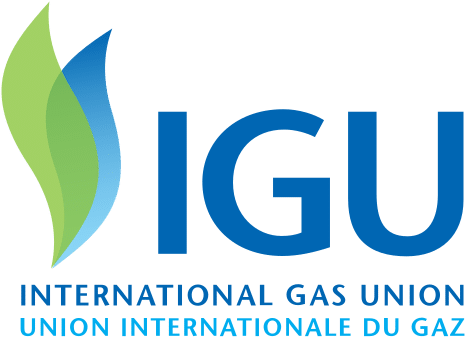
World LNG Report 2022
This 13th edition of the IGU World LNG report has become one of the most anticipated, in light of another, even more eventful year for the LNG sector.
The 2022 report is out at a time when LNG is more vital than ever to secure and reliable functioning of energy systems around the world. It is also a vital tool for controlling emissions, particularly as the crisis in energy supply is forcing even the most climate-conscious economies to turn back to coal, wiping out emissions reductions achieved in recent years.
Table of contents:
- State of the LNG Industry
- LNG Trade.– Global LNG trade grew by 4.5% from 2020 to 2021, reaching an all-time high of 372.3 MT. A strong post-pandemic recovery resulted in a surge in LNG imports, even though the annual growth rate of 4.5% remains far from pre-COVID-19 levels of 13.0% in 2019.
- Price Trends.- Global LNG markets had an eventful year in 2021, with the market transitioning away from the conditions where supply exceeded COVID-19 lockdown demand and into a period of rapidly tightening market conditions, with resurgent demand rate exceeding supply additions. As a result, 2021 saw an almost complete reversal of many of the pricing trends seen over 2019-2020, with spot LNG prices surging to historic highs and staying above the long-term contract formulas that use either Brent or Henry Hub as their basis.
- LNG Liquefaction Plants.– About 6.9 million tonnes per annum (MTPA) of liquefaction capacity was brought online in 2021, increasing global liquefaction capacity to 459.9 MTPA1 at the end of the year. The average global utilisation rate in 2021 was 80.4%, compared to 74.6% in 2020. In the first four months of 2022, an additional 12.5 MTPA of liquefaction capacity was brought online, bringing the total global liquefaction capacity to 472.4 MTPA as of April 2022.
- LNG Shpping.- With the delivery of 57 vessels1 in 2021 and seven in the first four months of 2022, the global LNG carrier fleet consisted of 641 active vessels1 as of end-of-April 2022, including 45 floating storage and regasification units (FSRUs) and five floating storage units (FSUs). This represents a 10% growth in the fleet size from 2020 to 2021, comparable to a 12% growth in the number of LNG voyages as trade recovered from COVID-19-induced demand reductions.
- LNG Recieving Terminals .- s of April 2022, global regasification capacity was 901.9 million tonnes per annum (MTPA) across 40 markets. 49.8 MTPA of regasification capacity was added in 2021 with the commissioning of five new import terminals and the completion of five expansion projects at existing terminals, with the greatest addition of 11 MTPA at the Al Zour LNG import facility in Kuwait.
- LNG Bunkering Vessels and Terminals.- With the implementation of stricter environmental legislation to reduce emissions at both the local and international levels, a growing number of marine vessel owners are considering the use of cleaner alternative bunker fuels to achieve compliance. With effect from January 2020, the International Maritime Organization (IMO) enforced a new global limit of 0.5% on the sulphur content of ships’ fuel oil. The imposition of a stricter sulphur content cap on marine bunker fuel has spurred the switch to LNG-fuelled vessels through the installation of new systems or conversion where possible, alongside the construction of related bunkering infrastructure.
Want to download this file?
Get access to download this file by filling up the form below.
By completing this form, I accept that IGU can store my business information. We may send you informational emails, but you can unsubscribe at any time.

